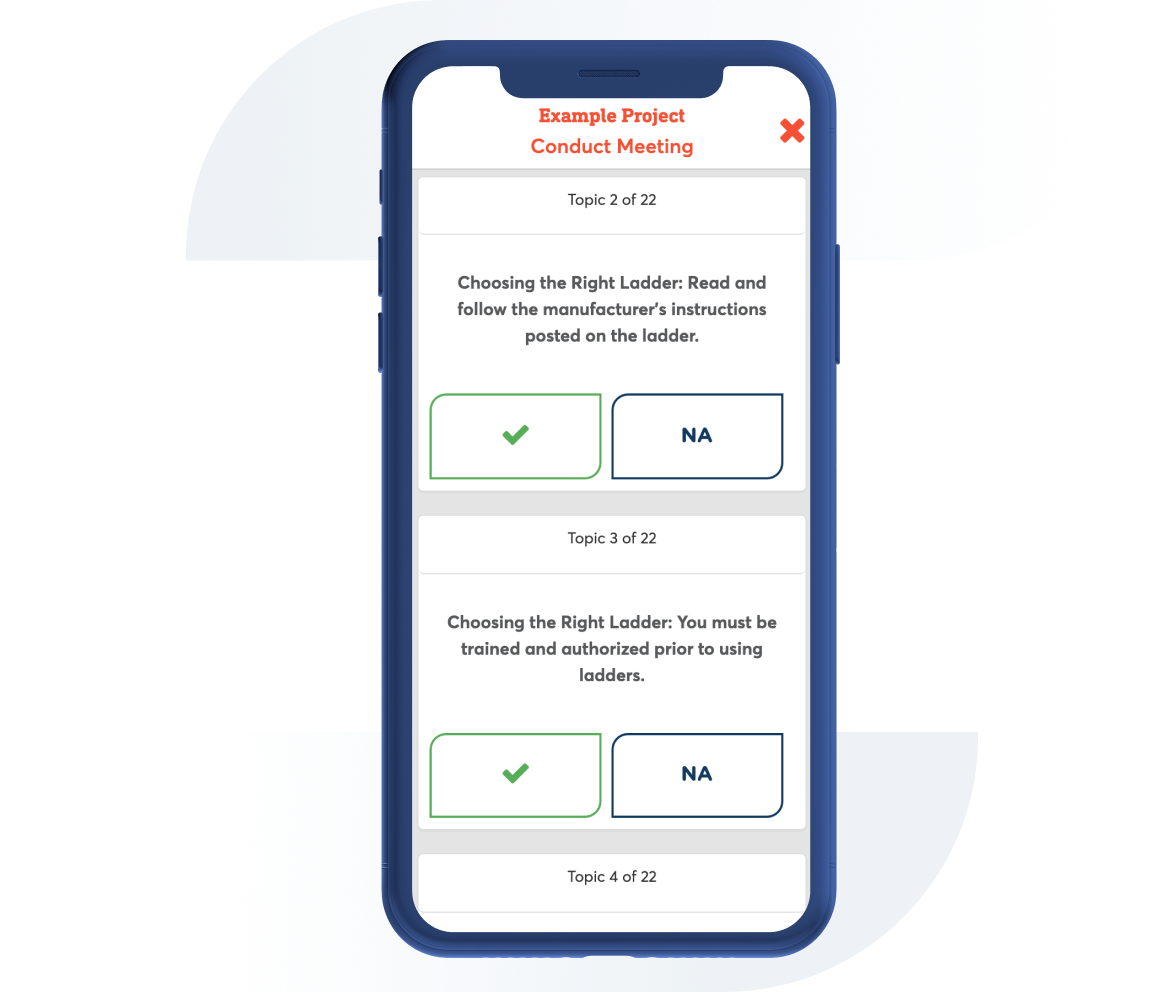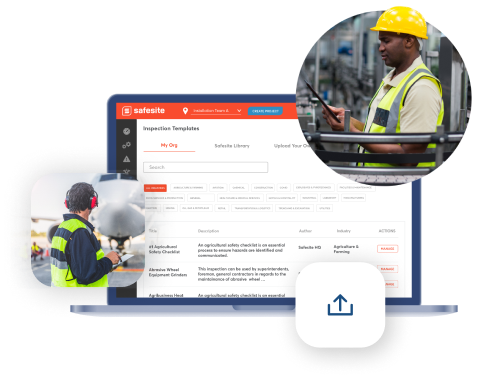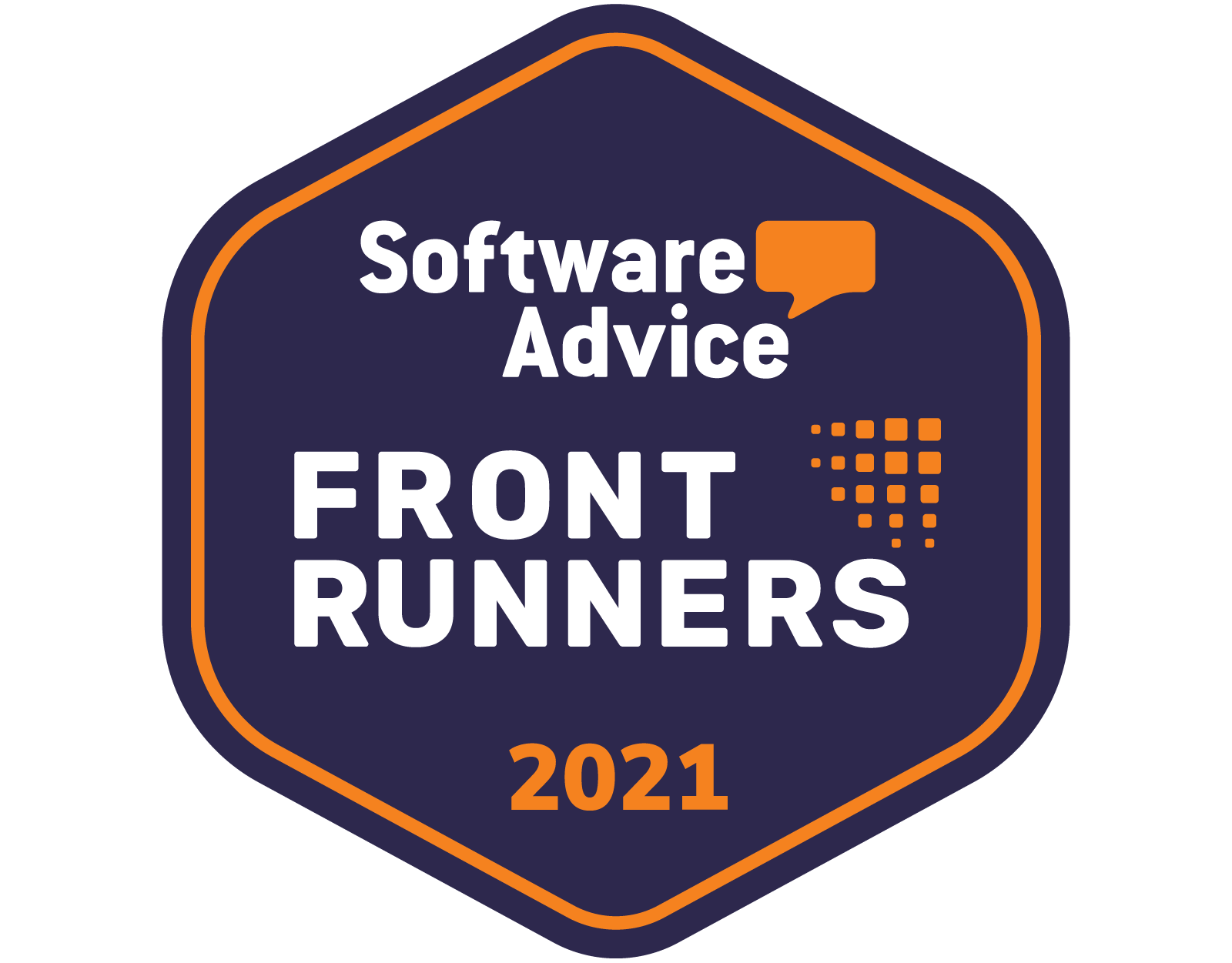Hard Hats and Overhead Safety for Struck-by Hazards
Contributor: Safesite HQ Jurisdiction: General
Use this safety meeting to discuss overhead struck-by hazards and how hard hats can help prevent struck-by incidents at the workplace.

1. A struck-by incident is when a person is struck by an object or equipment. Struck-by hazards are categorized as flying, falling, swinging, and rolling objects.
2. OSHA defines that each affected employee wear a hard hat or helmet when working in areas where there is a potential for injury to the head from falling objects (per 1910.135(a) and 1926.100(a)).
3. Hard hats protect our head from overhead hazards, but once they fall from a height or take impact from an object they should be replaced.
4. The outside of hard hats should be checked regularly for a loss of color, cracks, or a chalky appearance. Inside the hard hat, check the suspension for tears, frays, and signs of wear. Keep note of the manufacturer's date stamped inside the hard hat. They should be replaced within five years or per the manufacturer's recommendation.
5. Stickers and other markings are not necessarily restricted, however it does make for a difficult visual inspection of any cracks or other defects in the hard hat. It is recommended to limit customization of hard hats to allow a full visual inspection.
6. In addition to a visual inspection, firmly grasp each end of the hard hat and squeeze together with light pressure. If you hear any cracks, it's likely time to replace the hard hat and retire the old one.
7. While the outside of the hard hat is rated to withstand a force, the suspension prevents a direct hit of the hard hat to your head. It is important the suspension fits your head correctly. Do not wear the hard hat any other way than recommended by the manufacturer. For example, you should never wear the brim backwards.
8. A clearance must be maintained between the suspension and the hard hat, so it is recommended to only wear products designed to go inside a hard hat. If it's cold, there are options for warmers made specifically for inside the suspension of a hard hat. If you need shade, avoid a ball cap and get a brim that is designed to fit the hard hat.
9. When working at night, adding headlamps to hard hats will assist personnel not only seeing where they're going, but let other employees know where they are as well.
10. What hazards at our worksite would be potential overhead hazards we should be aware of?
Additional Comments

Can't find what you are looking for?
